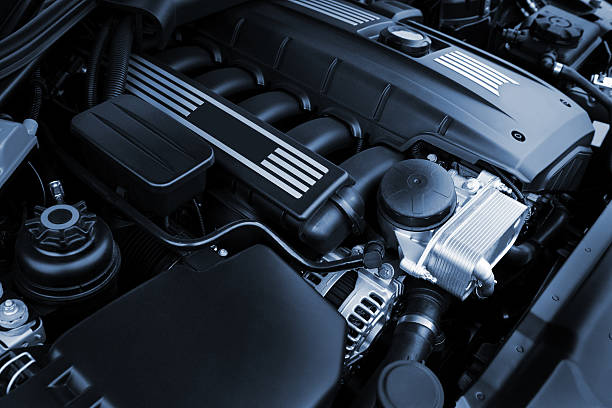Kinetic Energy Recovery Systems: Redefining Automotive Efficiency
In the ever-evolving landscape of automotive technology, one innovation stands out for its potential to revolutionize energy management in vehicles: Kinetic Energy Recovery Systems (KERS). This cutting-edge technology, originally developed for Formula 1 racing, is now finding its way into mainstream automobiles, promising to redefine how we think about vehicle efficiency and performance. As automakers seek new ways to meet stringent emissions standards and improve fuel economy, KERS emerges as a powerful tool in the automotive engineer's arsenal, capturing and repurposing energy that would otherwise be lost during braking.

From the Racetrack to the Road
The journey of KERS from high-performance racing to everyday vehicles is a testament to the automotive industry’s commitment to innovation. Initially introduced in Formula 1 in 2009, KERS quickly proved its worth in the high-stakes world of motorsports. Teams that mastered the technology gained a significant competitive advantage, able to deploy bursts of additional power at crucial moments during a race.
Recognizing the potential benefits beyond the racetrack, automotive engineers began exploring ways to adapt KERS for consumer vehicles. The transition presented numerous challenges, including scaling the technology for different vehicle sizes, ensuring reliability under varied driving conditions, and making the systems cost-effective for mass production.
The Mechanics Behind the Magic
At its core, a Kinetic Energy Recovery System consists of three main components: an energy absorption mechanism, a storage system, and a power delivery system. In mechanical KERS, a flywheel serves as both the absorption and storage mechanism. As the vehicle slows, the flywheel spins up, storing rotational energy. When acceleration is needed, this energy is transferred back to the wheels, providing an additional power boost.
Electrical KERS, on the other hand, uses a motor-generator unit to convert kinetic energy into electrical energy, which is then stored in batteries or supercapacitors. This stored electrical energy can be used to power the vehicle’s electrical systems or provide additional torque to the wheels through an electric motor.
Impacts on Vehicle Performance and Efficiency
The implementation of KERS in consumer vehicles promises significant improvements in both performance and efficiency. By recapturing energy that would otherwise be lost, these systems can reduce fuel consumption by up to 25% in urban driving scenarios, where frequent braking is common. This not only translates to cost savings for drivers but also contributes to reduced emissions and a smaller environmental footprint.
From a performance perspective, KERS offers the tantalizing prospect of improved acceleration without the need for larger, more fuel-hungry engines. The system can provide a power boost on demand, enhancing the vehicle’s responsiveness and dynamic capabilities. This is particularly beneficial in situations requiring quick bursts of speed, such as merging onto highways or overtaking.
Challenges and Future Developments
Despite its promising potential, the widespread adoption of KERS in consumer vehicles faces several challenges. The added complexity and cost of the system remain significant hurdles, particularly for lower-priced vehicle segments. Additionally, the extra weight of KERS components can partially offset the efficiency gains, requiring careful integration and optimization.
However, ongoing research and development are addressing these challenges. Engineers are exploring new materials and designs to reduce weight and improve energy storage capacity. Advanced control algorithms are being developed to optimize the system’s operation across various driving conditions, maximizing efficiency gains.
The Road Ahead for KERS
As automotive technology continues to evolve, Kinetic Energy Recovery Systems are poised to play an increasingly important role in the quest for more efficient and performant vehicles. The technology’s ability to improve fuel economy without sacrificing performance aligns perfectly with consumer demands and regulatory pressures.
Looking to the future, we can expect to see KERS systems become more sophisticated and seamlessly integrated into vehicle powertrains. The technology may also find synergies with other emerging automotive technologies, such as advanced driver assistance systems and connected vehicle platforms, to further optimize energy usage and vehicle performance.
In conclusion, Kinetic Energy Recovery Systems represent a significant leap forward in automotive engineering, offering a elegant solution to the perennial challenge of energy efficiency. As the technology matures and becomes more widespread, it promises to reshape our expectations of what vehicles can achieve, ushering in a new era of smarter, more efficient transportation.




